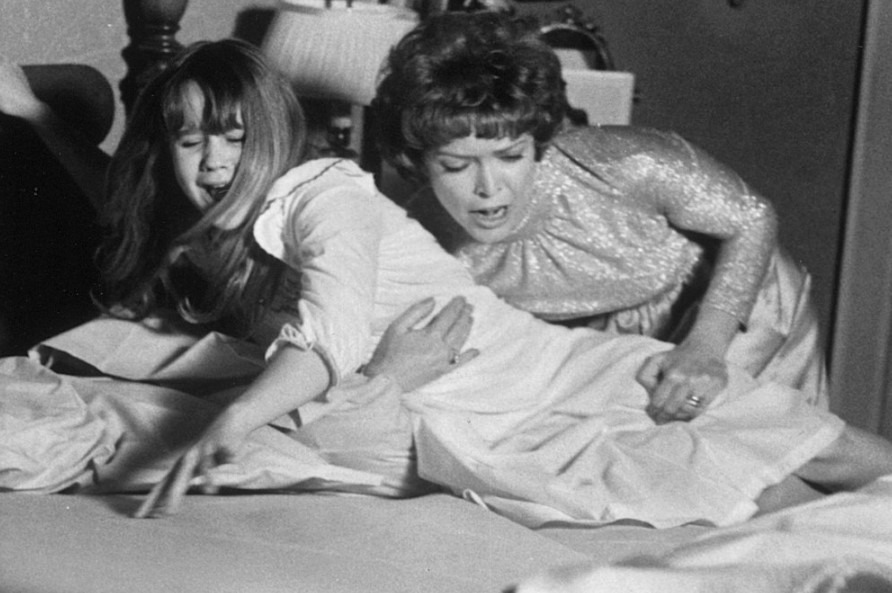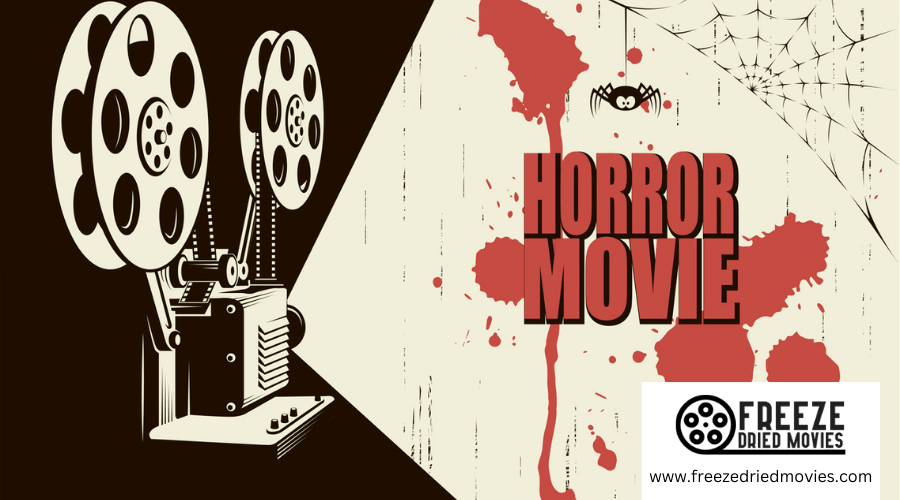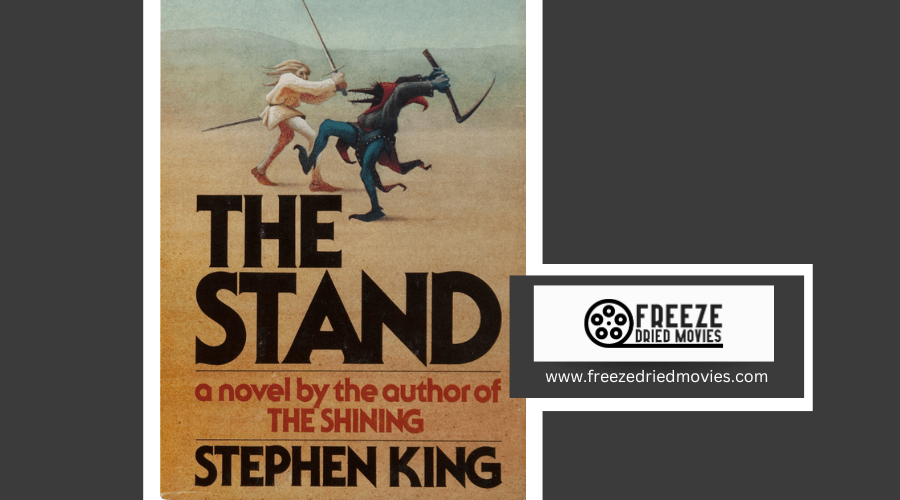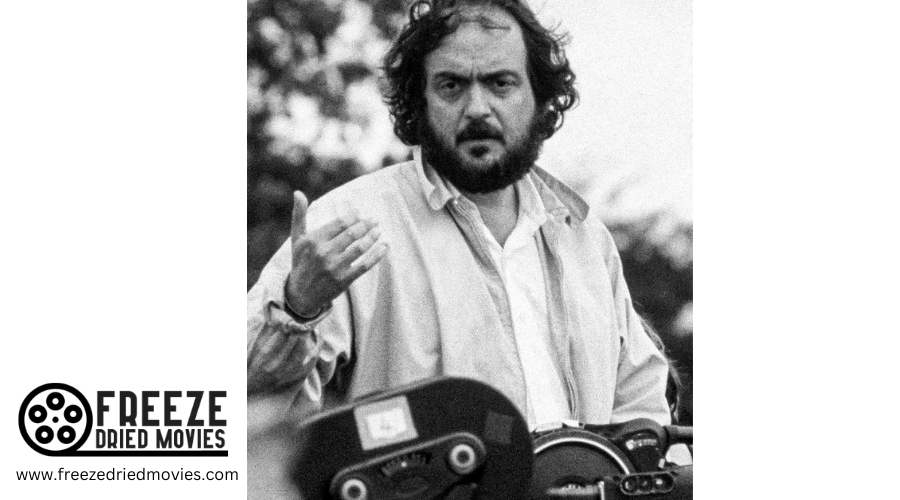What Classifies a Movie as a Horror?

Horror movies aim to evoke fear, dread, and discomfort through specific techniques. You'll recognize them by their atmospheric lighting, threatening antagonists (supernatural, human, or psychological), and strategic manipulation of tension. They rely on established conventions like jump scares, ominous music, and themes that tap into primal anxieties. Whether it's slashers, psychological horror, or monster films, all horror subgenres share the deliberate intent to frighten you. The genre continues to evolve as filmmakers find new ways to exploit your deepest fears.
Key Takeaways
- Horror films evoke fear through a combination of atmospheric elements, monsters or threats, and careful manipulation of tension.
- The genre encompasses distinct subgenres including supernatural, monster, psychological, slasher, folk, and body horror.
- Essential horror elements include strategic lighting, sound design, special effects, and established conventions from classics like "Psycho."
- Horror movies deliberately cultivate psychological disruption through suspense, jump scares, and exploitation of primal fears.
- While horror overlaps with thrillers and suspense, true horror places greater emphasis on shocking elements and supernatural or extreme threats.
Classifications of Horror Movies
When exploring what makes a horror movie truly horrifying, it's vital to understand the key elements that define this genre. Horror movies encompass several distinct categories that you'll want to recognize to fully appreciate their artistic intent.
The six key classifications include:
- Supernatural Elements - Films featuring ghosts, demons, and otherworldly entities
- Monster Movies - Works centered around terrifying creatures and beasts
- Psychological Horror - Stories that exploit mental and emotional vulnerabilities
- Slasher Films - Movies focusing on murderers stalking and killing victims
- Folk Horror - Tales drawing from regional myths and cultural fears
- Body Horror - Productions emphasizing physical transformation and mutilation
Understanding these types of horror helps you identify what triggers fear responses when watching these films. Each category employs unique techniques to evoke dread and terror. Modern audiences often expect plot twists that catch them off guard and leave them with nightmares long after the credits roll.

The Essential Elements of Horror Cinema
Terror, at its core, relies on specific fundamental components that distinguish horror cinema from other film genres. When you're watching a horror film, you'll notice how tension builds through atmospheric lighting, sound design, and strategic pacing. The monster, whether supernatural, human, or psychological, serves as the central threat driving the narrative forward.
Horror classics like "Psycho" and "The Exorcist" established conventions that modern slasher movies continue to follow. Each of the horror sub-genres—from supernatural to psychological—employs different techniques to evoke fear. Special effects play an essential role too, whether through subtle makeup or elaborate CGI, creating believable threats that heighten your anxiety. What makes horror effective isn't just shock value, but the careful orchestration of these elements to manipulate your emotional response.
The 1960s revolutionized the genre with films like "Carnival of Souls" that used dissonant organ music and echoing footsteps to create atmospheric terror without relying on explicit violence.
Horror's Relationship With Fear and Tension
Beyond the technical elements that define the genre, horror's primary purpose lies in its emotional impact on you as a viewer. The genre deliberately manipulates your psychological state, creating an experience that's simultaneously distressing and engrossing.
Horror films establish tension through unpredictable narratives where dangers lurk in shadows, keeping you perpetually on edge.
The unknown awaits in every darkened corner, forcing your mind to anticipate terrors that may never materialize.
- Suspense cultivation - Directors craft mounting anxiety through ominous music and visual cues, delaying the inevitable to maximize your discomfort
- Strategic release - Jump scares provide cathartic moments that temporarily relieve the built-up tension before rebuilding it
- Psychological disruption - The most effective horror penetrates your mental defenses, leaving you unsettled long after viewing
This emotional manipulation is what separates horror from other genres—it's designed specifically to provoke your fear response rather than merely depicting frightening events. The horror genre has evolved significantly since the earliest jump scare techniques appeared in silent films like "Phantom of the Opera."

The Spectrum of Horror Subgenres
Horror's rich diversity extends across numerous subgenres, each offering distinct approaches to frightening you. Slasher films deliver visceral terror through sadistic killers like Michael Myers and Jason Voorhees, who stalk unsuspecting victims with brutal precision.
In contrast, psychological thrillers such as Psycho and The Shining exploit mental instability and paranoia, forcing you to question the reliability of what you're seeing.
Supernatural horror movies like The Exorcist and The Conjuring tap into primal fears of the unknown and afterlife.
Science fiction melds with horror films in works like Alien and The Thing, where technological advancement or extraterrestrial threats expose human vulnerability. There's even room for laughter amid the screams with comedic horror movies that balance terror with humor.
Many horror movies utilize strategic camera positioning considerations to heighten tension and manipulate viewers' emotional responses to scenes of terror.
When Thriller and Suspense Overlap With Horror
The boundaries between horror and its cinematic cousins—thrillers and suspense films—often blur into fascinating gray areas that challenge genre classification. Many movies involve elements from multiple genres, creating hybrid experiences that defy simple categorization. Consider how Stephen King's adaptations often straddle these lines, delivering psychological dread alongside supernatural terror.
These crossover works typically share:
- An emphasis on tension building rather than constant shock
- Character-driven narratives where fear emerges from realistic threats
- Carefully controlled pacing that manipulates viewer anxiety
John Carpenter's "The Thing" exemplifies this overlap, functioning as both horror and suspense thriller. Similarly, series like The Walking Dead incorporate thriller and suspense techniques while remaining firmly within horror's boundaries, proving these distinctions aren't always clear-cut.
The Evolution of Horror Through Cultural Fears
Throughout history, horror cinema has functioned as a societal mirror, reflecting the anxieties and fears predominant during different eras. You'll notice how vampire movies transformed from reflecting Victorian-era sexual repression to Cold War isolation and modern pandemic fears.
The horror genre consistently adapts to contemporary cultural fears. In the 1950s, radiation and invasion anxieties dominated, while the 1970s brought political corruption and social breakdown—perfectly embodied in John Carpenter's creation of Michael Myers as an unstoppable, faceless evil lurking in suburban America.
Today's horror explores technological anxieties, environmental collapse, and identity loss. When you understand these shifting patterns, you'll recognize that horror films aren't just designed to frighten—they're processing collective traumas and articulating fears we struggle to express in everyday conversation.




